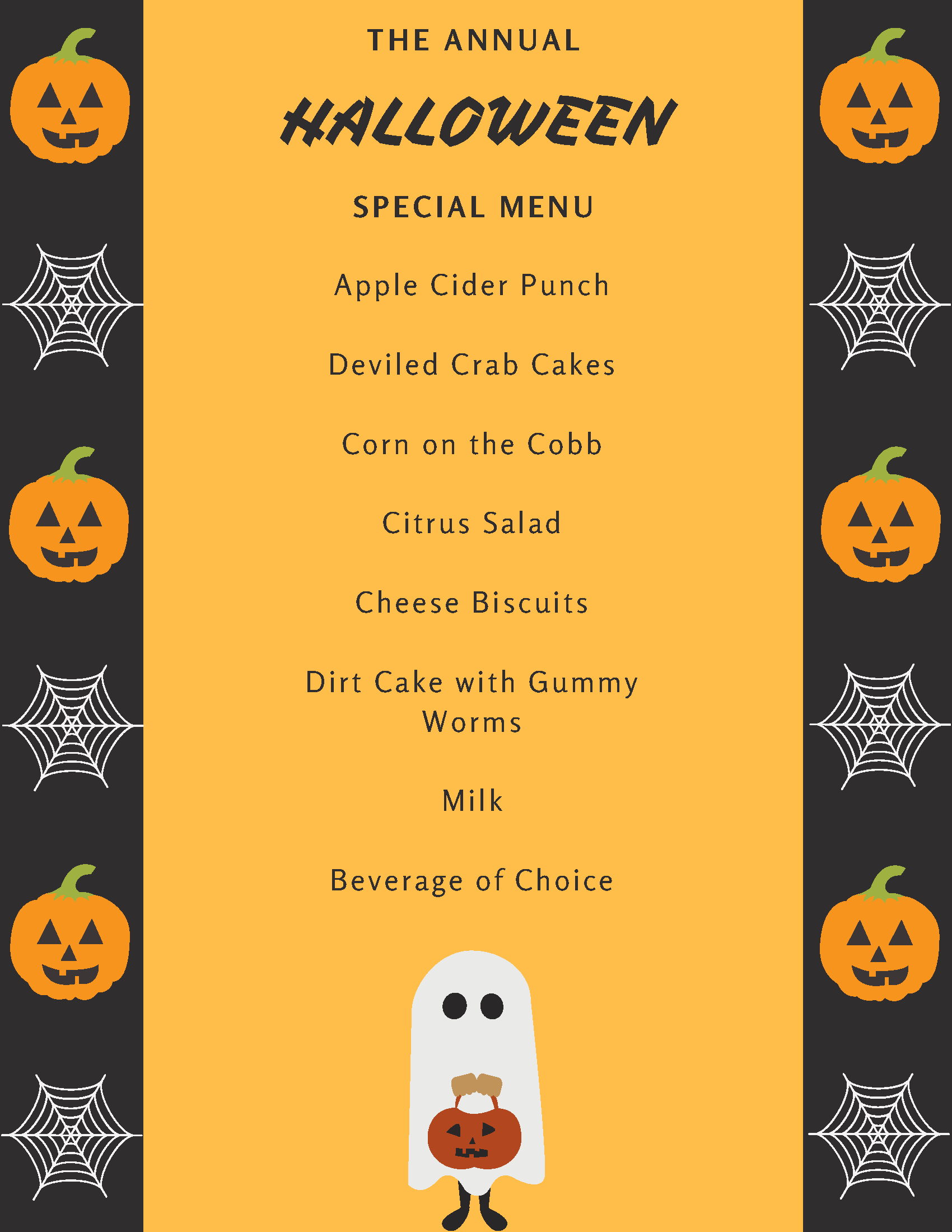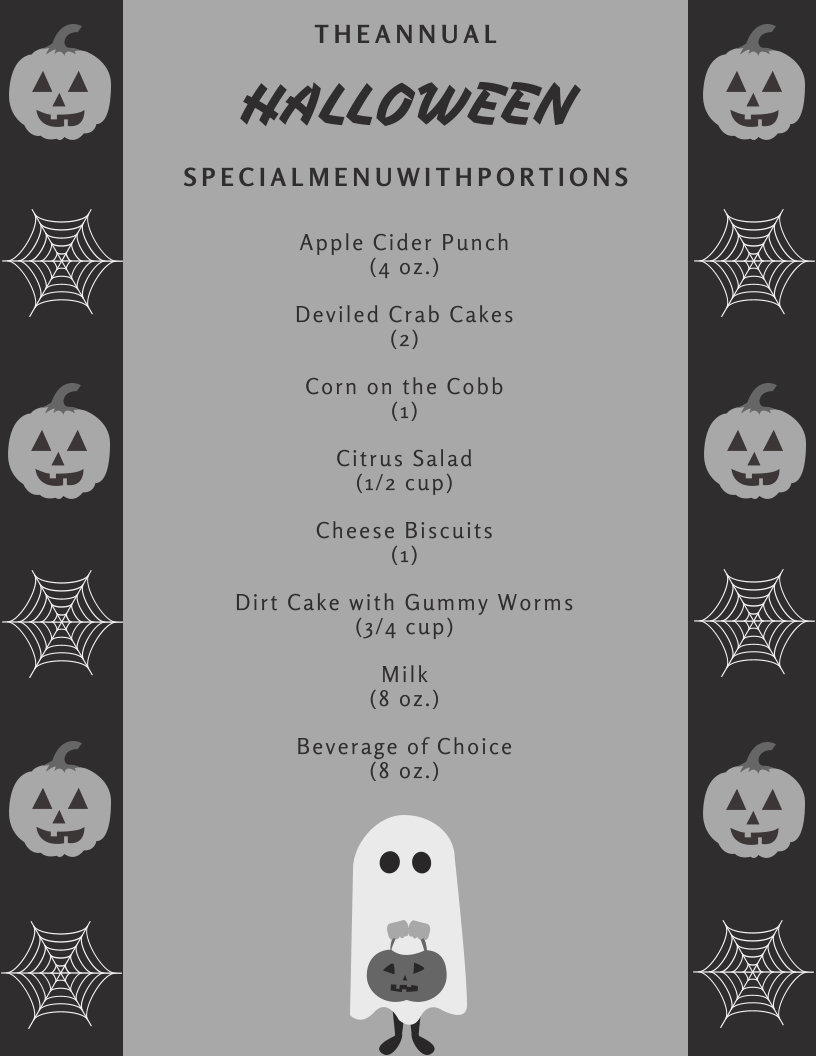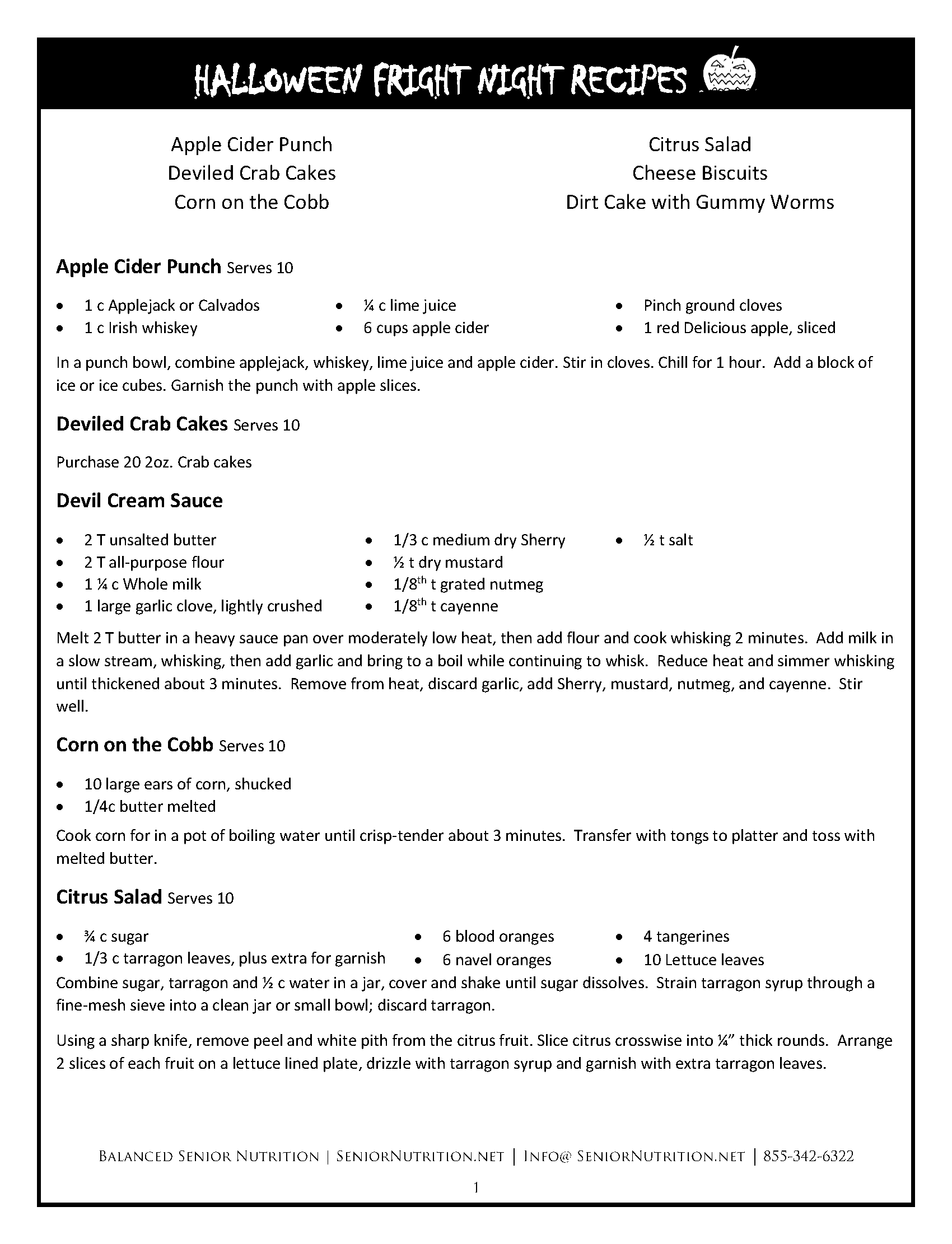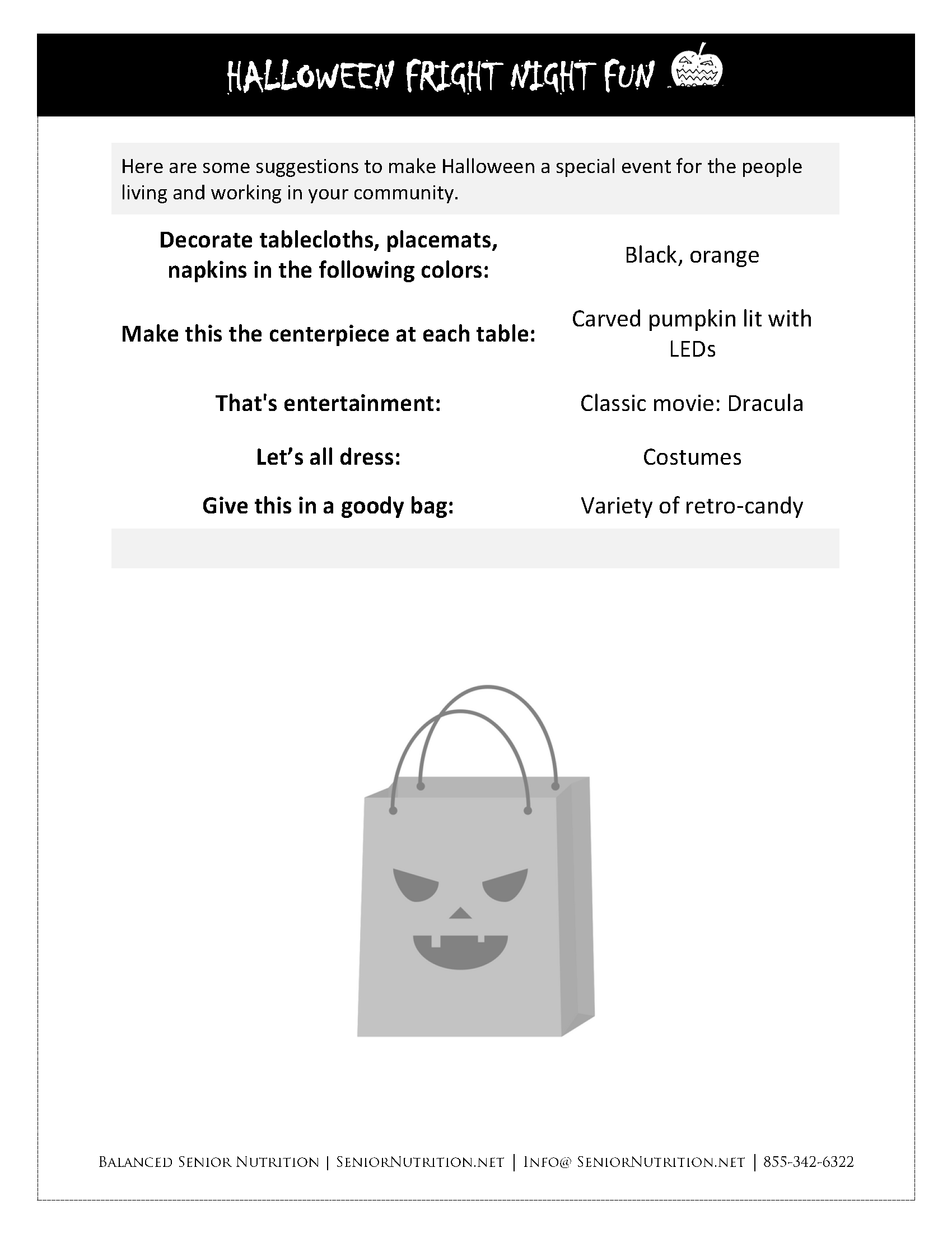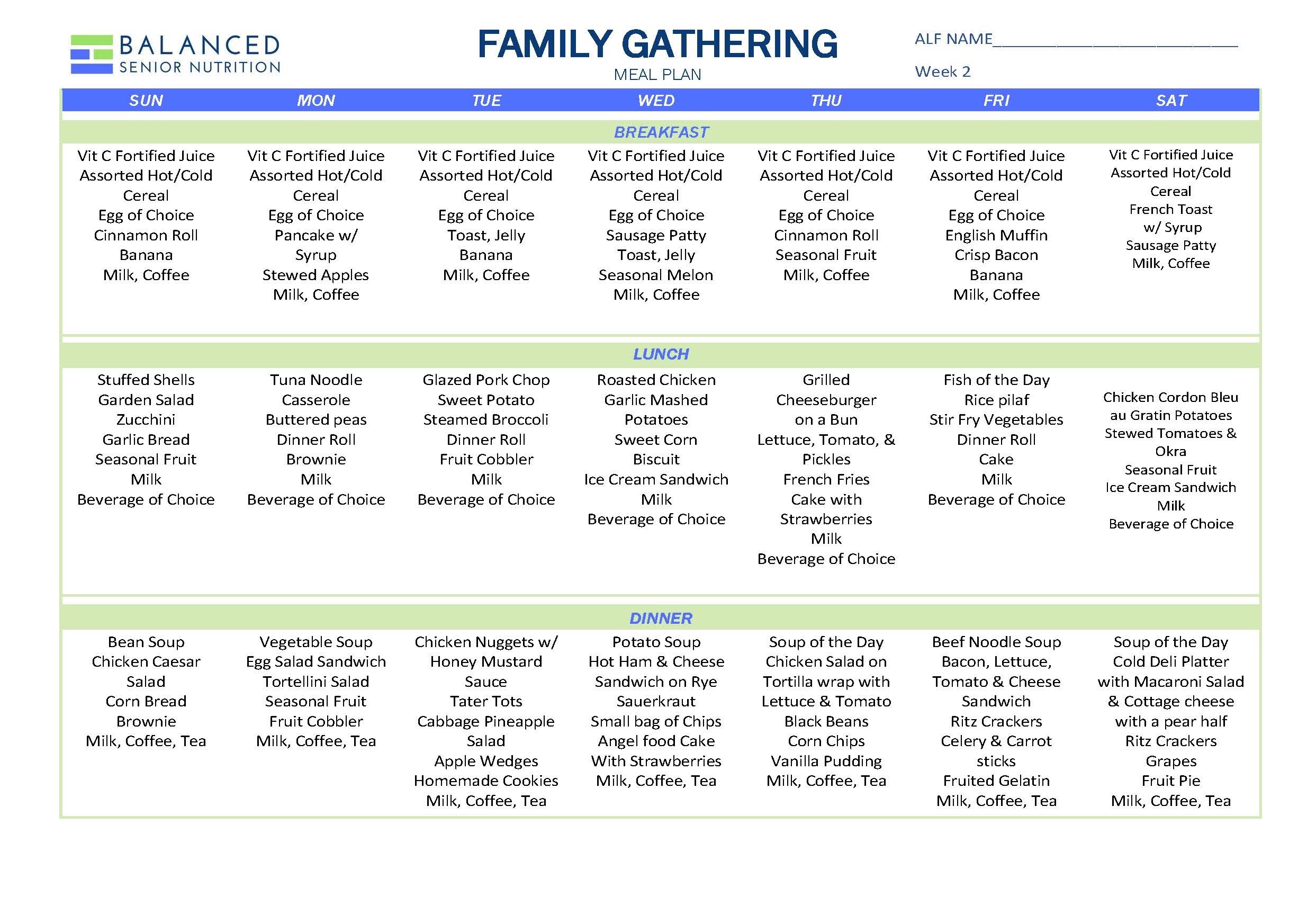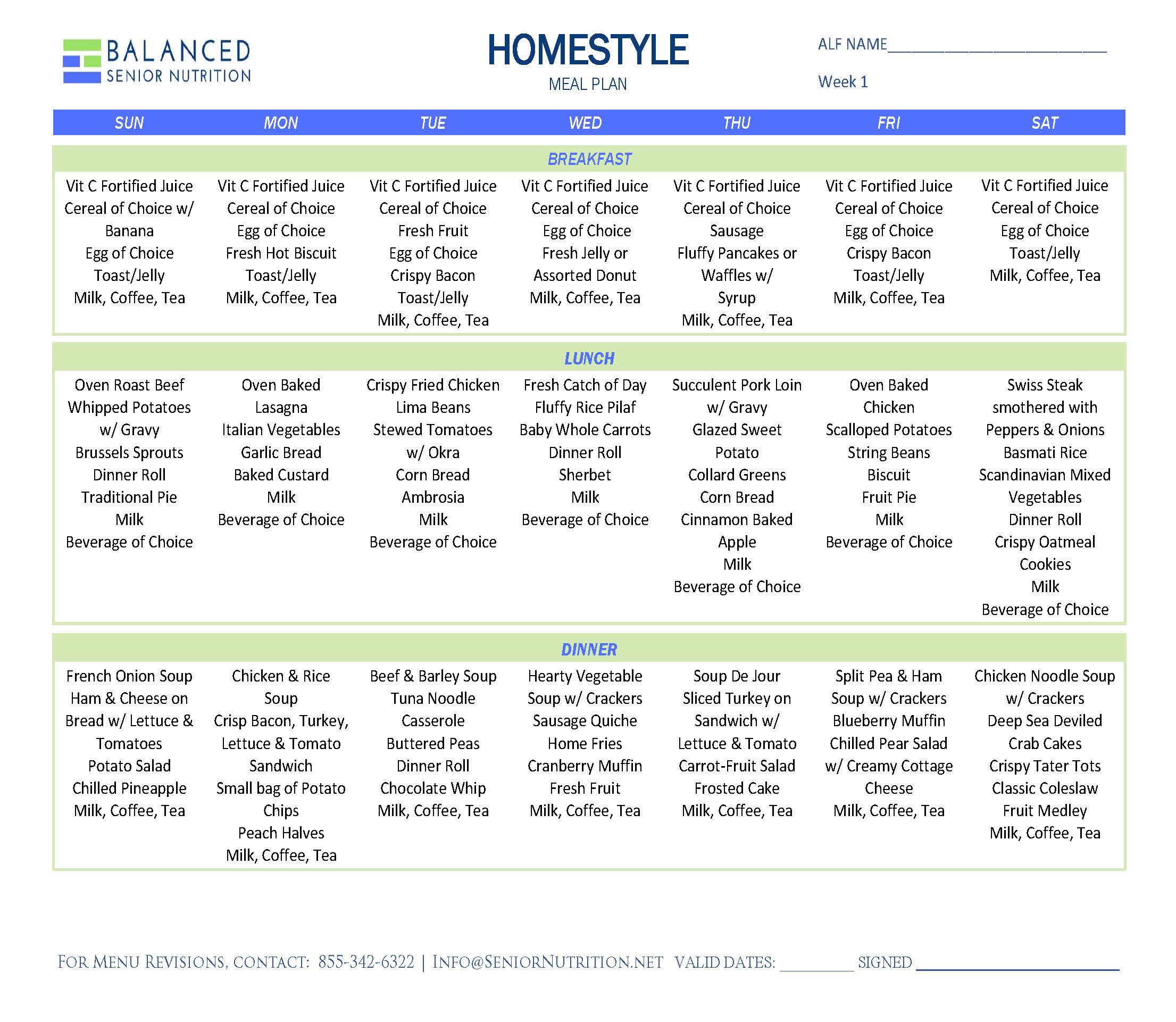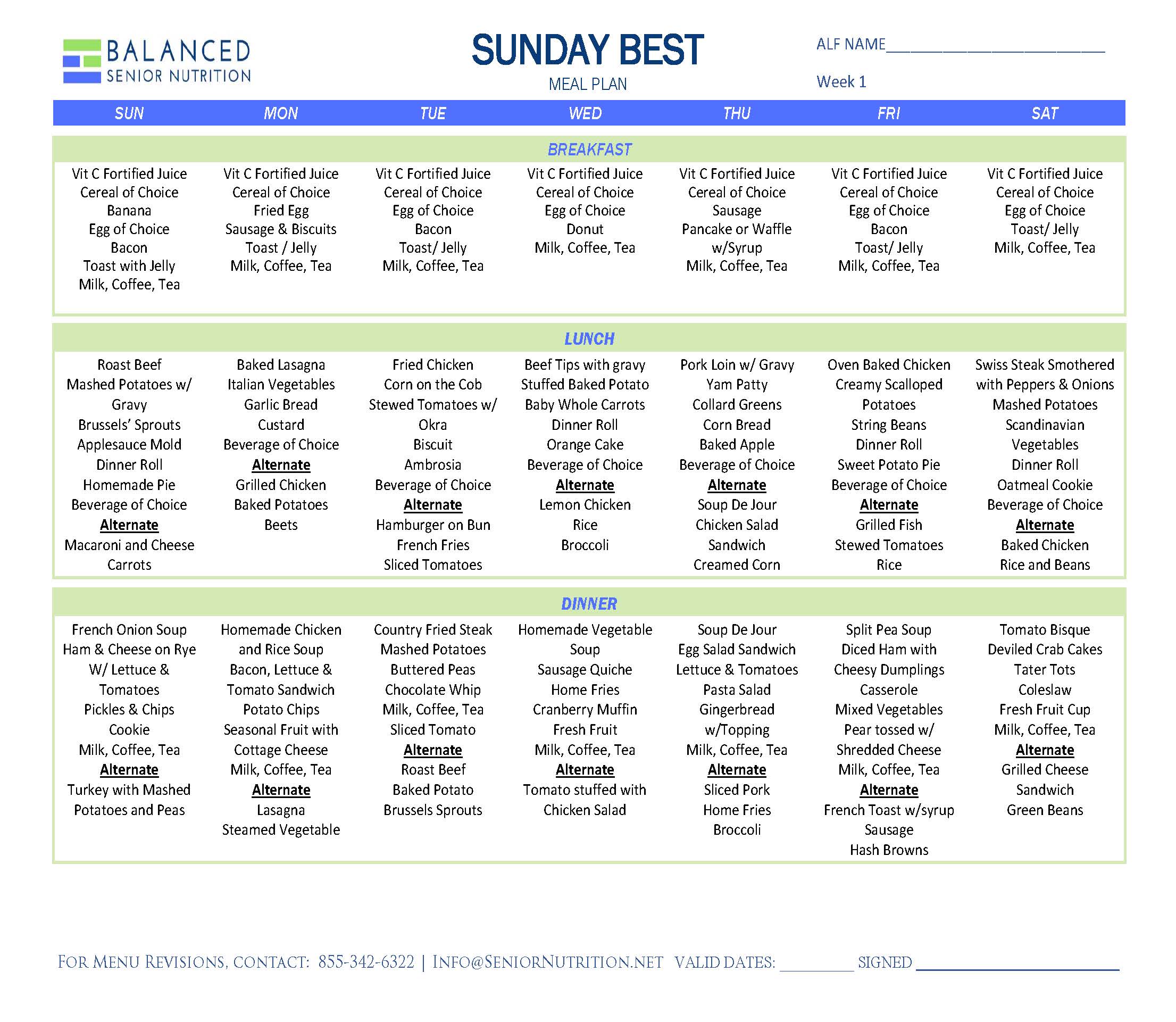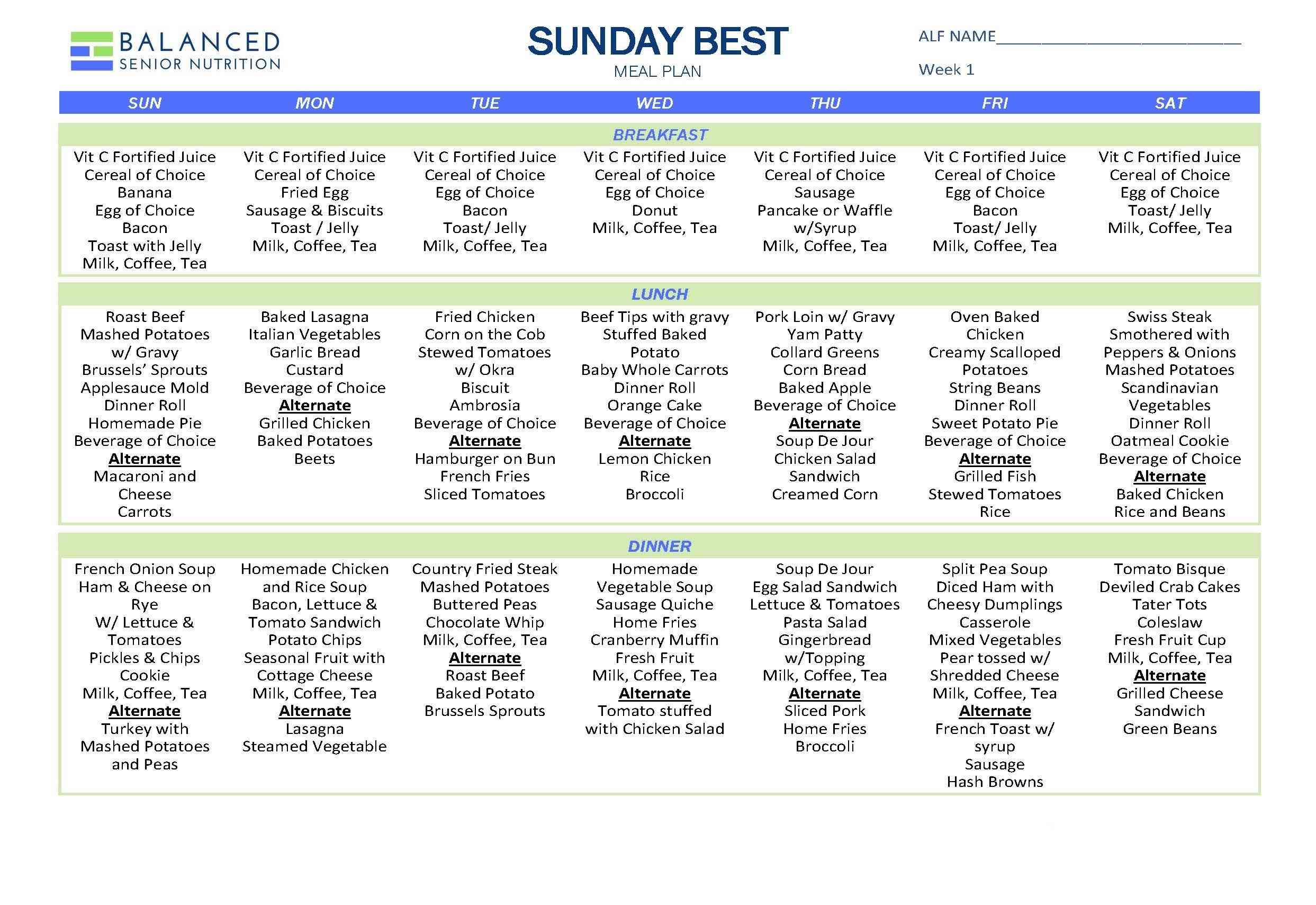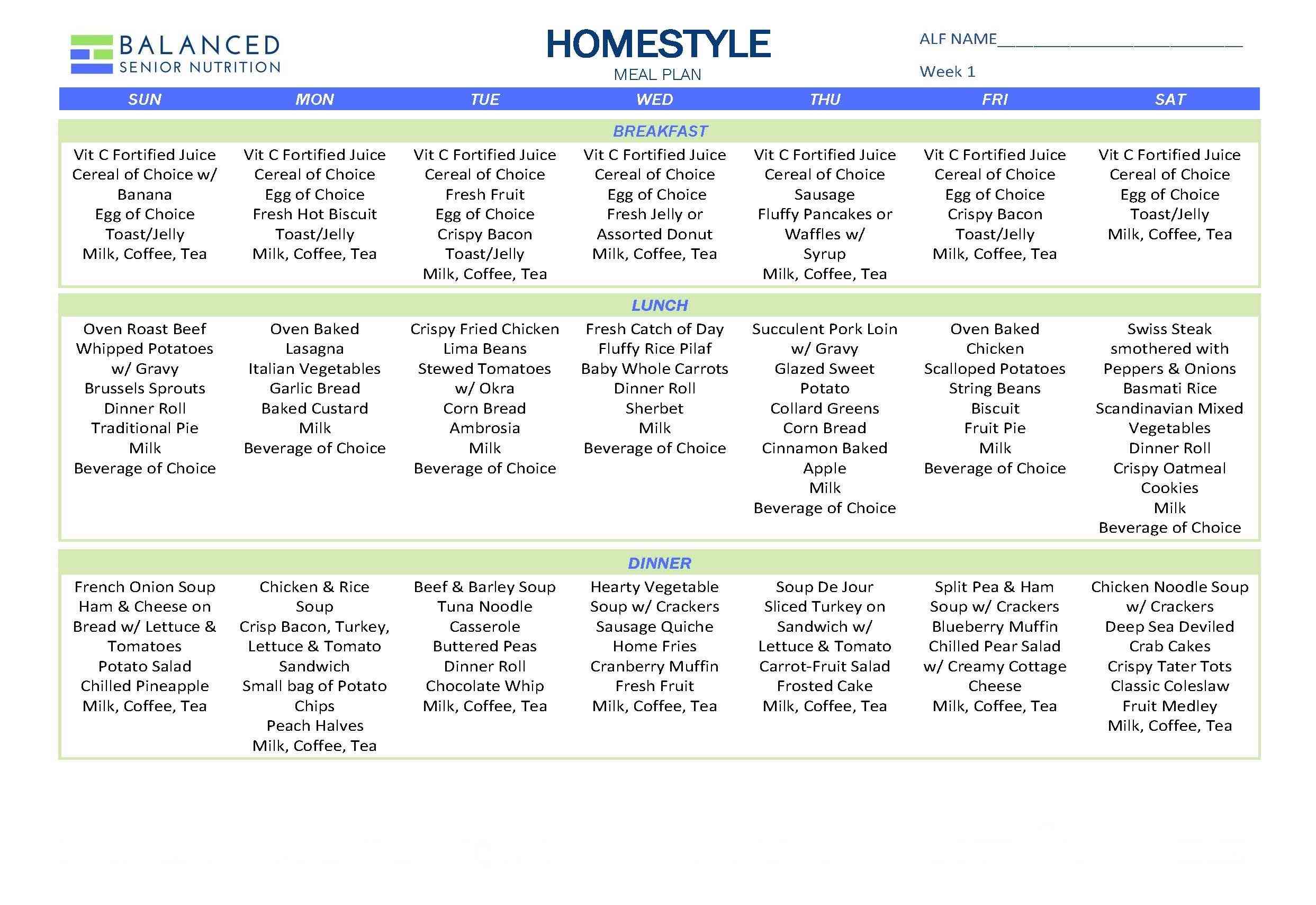Residents are the experts on their own lives – Part 4 of a four-part blog series.
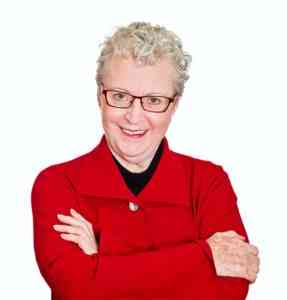
Gail Douglas: Recently, you attended the Pioneer Network’s annual meeting as a speaker.What was one of the big takeaways from the conference that you’d like to share with our readers?
Diane Hall: Something I read about shared decision making within the new requirements that was brought up by Kathryn Anderson, clinical nursing support and culture change leader at Providence Mount St. Vincent. She said, “Residents are the experts on their own lives.” That really struck a chord with me because I think we forget that sometimes. That’s why we as care members need to ask residents about what matters to them most about their meals and snacks and discuss how people have dealt with any pre-existing conditions prior to coming into long-term care.
GD: In order to show what we’re talking about, I thought we would do something a little different by “interviewing” a resident about the dining plan process based on one of the fictional residents in your manual The Inside Scoop on Informed Choice. Would you play the part of resident Mary Hurway?
DH: Sure. That’ll be fun. We created Mary as a composite of real-life residents in order to breathe life into the manual. Her back story is that Mary is a retired lawyer with diabetes who started living in Pioneer Village to rehab her knee after surgery.
GD: Let’s jump into it. So, Mary, when you first arrived here at Pioneer Village, how did you find out about your right to make an informed choice when it came to your meals and snacks?
MH: I was given a copy of the Declaration of Dining Independence which told me about my rights and what to expect in the dining plan meeting. That was great since I didn’t want what happened to me in the last community to happen to me again.
GD: What was that?
MH: The doctor put me on a diet based solely on the fact that I have diabetes. So, one day I was served fruit for dessert while everybody else was getting chocolate chip cookies. Now, I’ve managed my diet for a long time and I love a good chocolate chip cookie now and then. So, I asked for a cookie and the assistant said no. Well, that took me aback. I had to go over her head and told the nurse what I wanted. She proceeded to tell me I couldn’t have a cookie because I am a “diabetic” on a diabetic diet, which is a statement from the Department of Redundancy Department. Anyway, she did give in a little bit and said I could have ½ cookie. Well, I don’t feel comfortable saying what I told that nurse. But guess what? I stole a cookie off my friend’s plate and ate it later in my room like a naughty nine-year-old. That’s why I don’t want anyone controlling what I put in my mouth. I managed my diet before my surgery and I can do it now.
GD: Mary, how did the documentation process of your care plan meeting work for you?
MH: Great. First of all, it ensured that everyone, including my family, was on the same page when it came to what I want and how the community can honor my choices. My son can be a pain in the you-know-what when it comes to what he thinks is best for me. He thinks if I eat what he says, I’ll live to be a hundred-fifty. So, it was really important that I get my choices on paper in case anything happens to me where I am unable to make my wants known — so other people won’t be making decisions for me.
GD: And that was important to you?
MH: Very. This documentation of my decisions began when I completed the dining preferences form which I must say was pretty comprehensive. It wasn’t just picking out foods I like or don’t like. It had things like when I wanted to eat, where I liked to eat, what I liked to do when I’m eating, things like that. Oh, and they also asked me if I would like to explore liberalizing my diet from my restrictions. I gave that a big checkmark.
GD: Once you got into the dining care plan meeting, what did you want to happen?
MH: I wanted to just tell them what I wanted, sign the form and forget about it. But that wouldn’t be making an informed choice since you can’t make an informed choice without good information. The dining plan meeting is for both sides to explore the diet approaches that work best for me.
GD: That’s why we supplied the latest current evidence based research on the major diet restrictions with our documentation tools for informed choice. That way residents are basing their decisions on what we now know about the effectiveness of diet restrictions, not what used to be conventional wisdom. Do you remember the first thing that you talked about?
MH: I sure do. We talked about the medical necessity of my diabetic diet restriction related to my wound healing and how those restrictions may be necessary.
GD: “May be” necessary but not absolutely necessary, right?
MH: Yes. After that we went over the risks and benefits with the understanding that it was still up to me to make the decision on whether I wanted to keep the diet restrictions or liberalize them to a more regular diet. I would like to say that I liked how the informed choice guide continually asked me what mattered to me – and why – as well as asking me if anything concerned me about changing my diet. It made me think about my choices and how they might affect me.
GD: When we created this form, which took us months to refine, we really tried to make it easily understood by the resident and gave them plenty of opportunities for their voice to be heard.
MH: I liked that about it. It was written in plain English that anyone could understand. Sometimes, people who have been in their jobs a long time can slip into jargon and shorthand speech so that a regular person has no idea what they’re talking about. This document really helped reduce that kind of thing.
GD: Yes, the CMS regulations make it clear that the community has to make a dining care plan that is easily understood by regular folks. After all, the dining plan is for the resident, not the care providers. So, what did you decide?
MH: After we discussed the risks and benefits of diet restrictions and liberalizing my diet, I told them I would like to explore liberalizing my diet. So, we talked about some unique approaches for my meal plan to make me as happy and safe as possible.
GD: On the informed choice made easy form – which is the centerpiece of our manual- we list common approaches to consider, especially the ones that are relevant to you. Things such as diet of choice, appropriate portion sizes, individualized timing of monitoring and correct dose of medication.
MH: Right, like figuring out the right amount of protein to help my wound heal properly and monitoring my sugar levels at the right times. Oh, and I loved the tip sheet to remind me of what to be watchful for and to stay up-to-date about my diabetes. It was great information.
GD: So, from our end, once we came up with the approaches you wanted to try, we selected someone who was responsible for monitoring the outcomes of those approaches and how often your care plan will be reviewed. It’s important to make sure you are happy with the approaches.
MH: Right. I might want to change my mind if something isn’t working for me.
GD: Which you can do at any time.
MH: That’s what it said when I signed on the dotted line.
GD: Along with the rest of the care plan team so we’re all of the same page with your choices. And that’s how we do a dining plan. Thanks, Diane. That was fun. One thing I wanted to ask. Do you use the documentation tool as a substitute for the care plan?
DH: No, we created our Informed Choice Made Easy form to be used as a guide to writing diet orders and dining plans. Since communities may already have existing software for their care plans, we wanted them to be able to plug the information into their system.
GD: That makes sense. That brings us to an end to this four-part series on the language of informed choice. I want to thank Diane Hall for her insight.
DH: You’re welcome.
